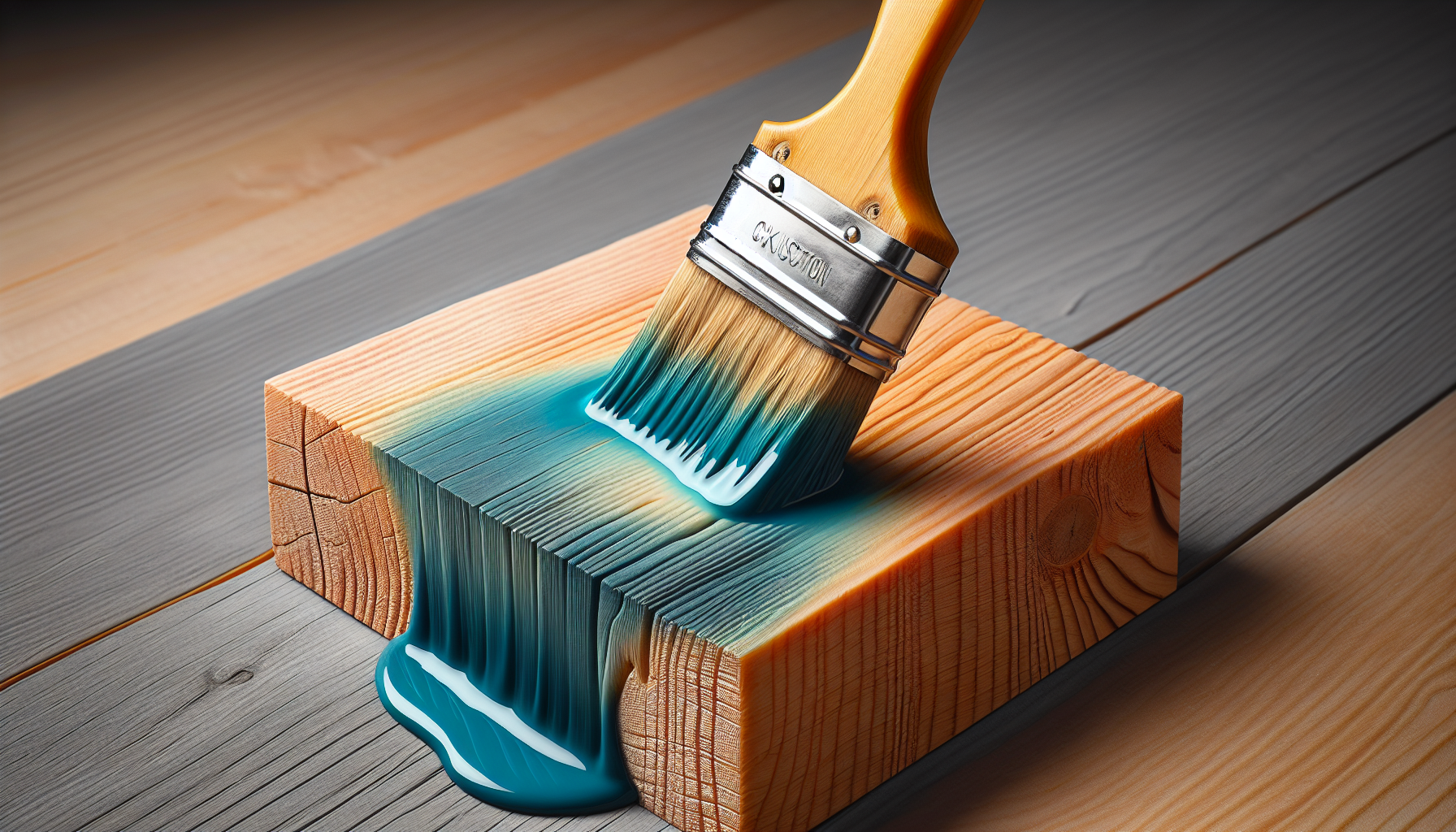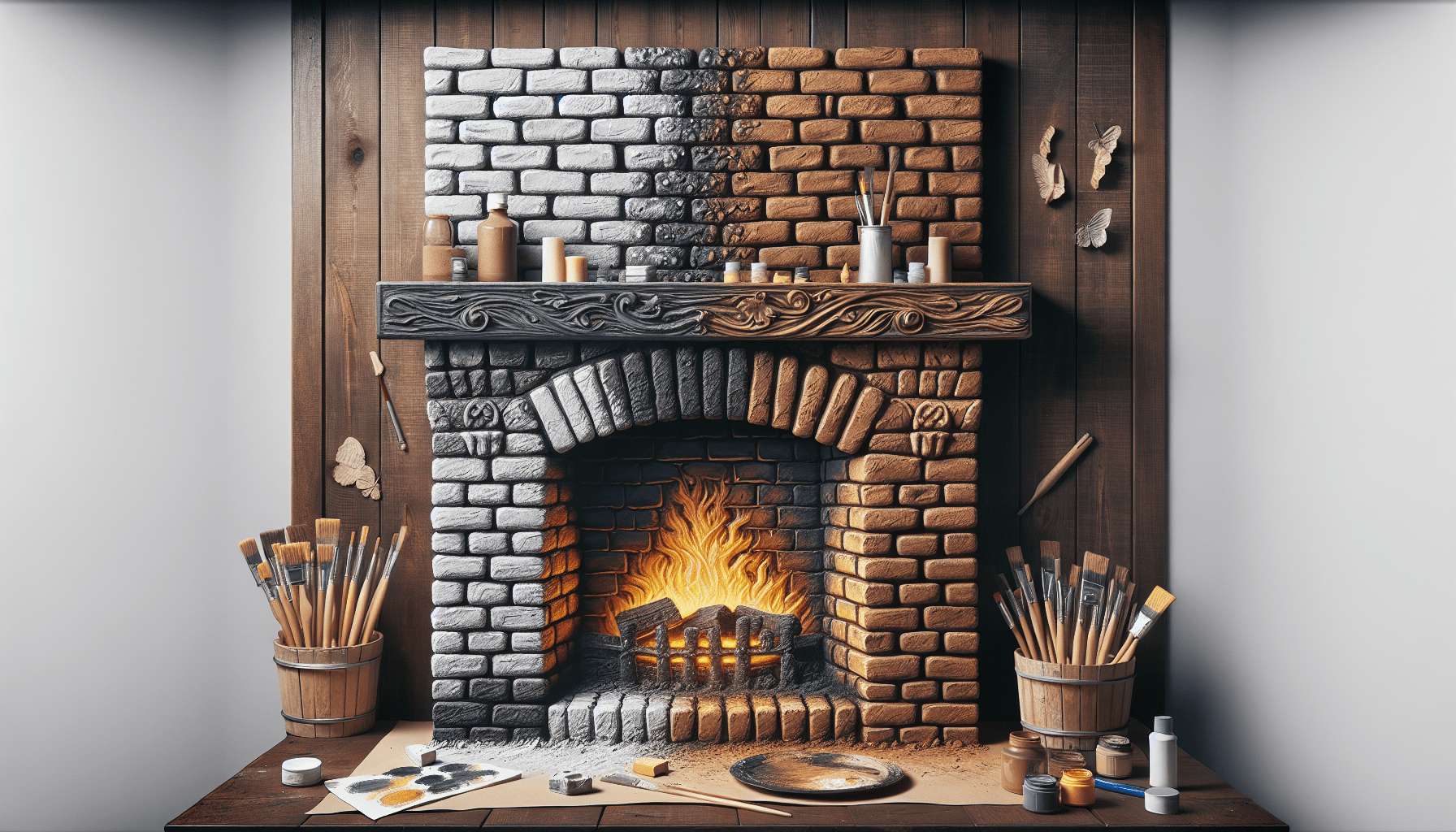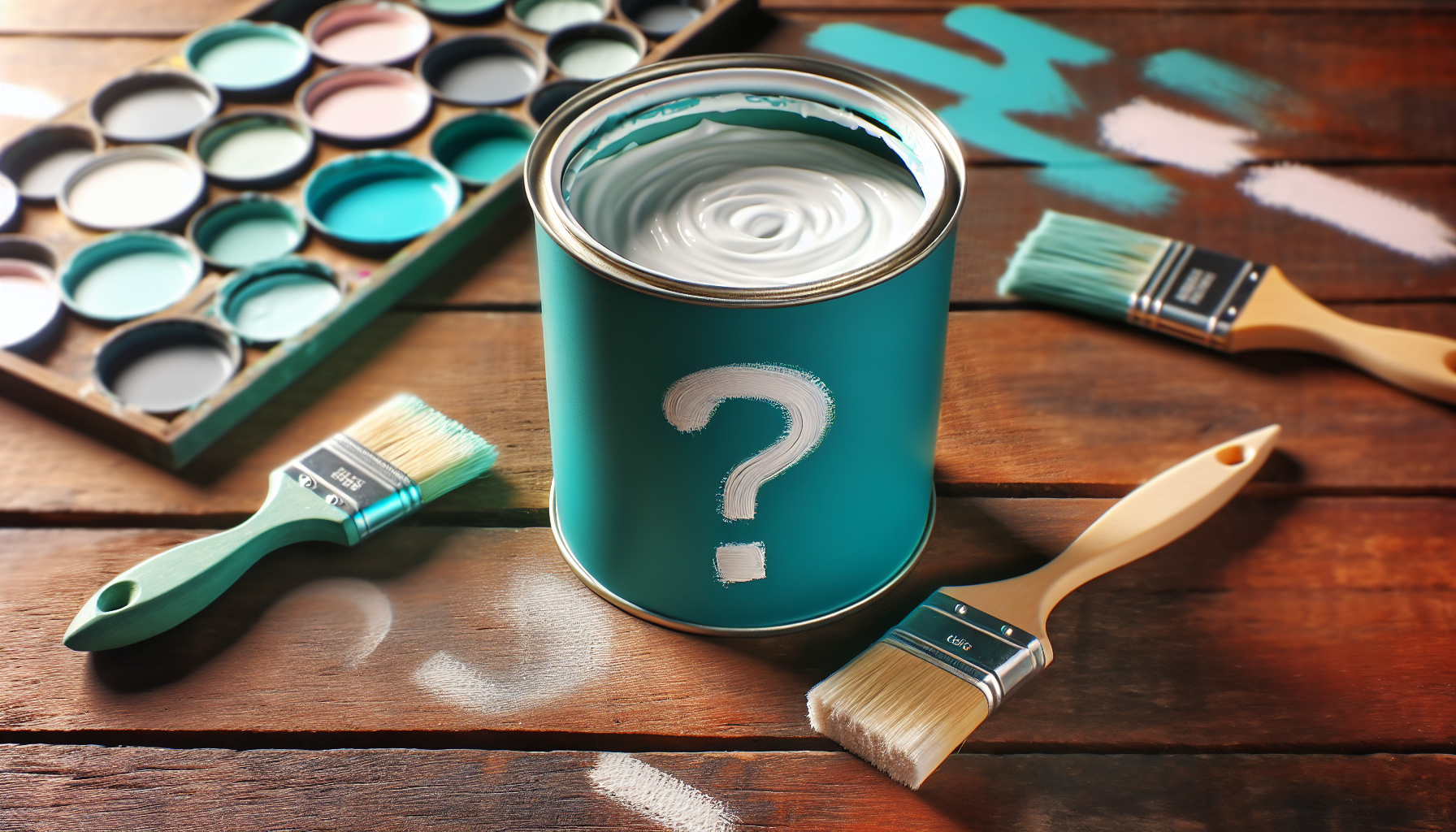When it comes to giving your furniture or home décor a fresh, stylish look, chalk paint has become a popular choice. Its matte finish and vintage appeal add character to any piece. However, you might find yourself asking the question, “Can I put polyurethane over chalk paint?” In this article, we will explore the compatibility of these two products and provide you with the essential information you need to protect and enhance your chalk paint projects effectively.
Can I Put Polyurethane Over Chalk Paint?
Chalk paint has gained popularity in recent years for its matte and vintage appearance. However, when it comes to protecting and sealing your chalk paint, many people wonder if they can apply polyurethane over it. In this article, we will explore the compatibility of polyurethane with chalk paint and discuss the factors to consider, steps to prepare the paint, the application process, drying and curing time, tips for best results, alternative sealants, removing polyurethane from chalk paint, and the pros and cons of using polyurethane over chalk paint. By the end of this article, you will have a comprehensive understanding of whether or not you should use polyurethane as a topcoat for your chalk-painted surfaces.
Understanding Chalk Paint and Polyurethane
Chalk paint is a unique type of water-based paint that contains additives, which give it a chalky appearance. It offers a matte finish and can adhere to various surfaces, including wood, metal, and even fabrics. Chalk paint has become popular due to its ability to achieve a distressed, vintage, or shabby-chic look.
On the other hand, polyurethane is a synthetic resin that is widely used as a topcoat or sealant. It provides a hard and durable finish that protects the underlying surface from scratches, water damage, and UV rays. Polyurethane is typically available in gloss, semi-gloss, or satin finishes and is known for its excellent durability and resistance to wear.
Factors to Consider Before Applying Polyurethane Over Chalk Paint
Before applying polyurethane over your chalk paint, there are several factors you should consider:
-
Compatibility: While chalk paint and polyurethane can work together, it is crucial to ensure compatibility between the two products. Some polyurethane formulas may react negatively with chalk paint, resulting in discoloration or a compromised finish. It is recommended to perform a test on a small, inconspicuous area before applying polyurethane to your entire chalk-painted surface.
-
Desired Finish: Chalk paint is well-known for its matte appearance and chalky feel. If you prefer to maintain this unique finish, using polyurethane may alter the look by adding a sheen. It is essential to consider if a glossy or satin finish aligns with your aesthetic preferences before proceeding with polyurethane.
-
Longevity: Although chalk paint is durable on its own, applying polyurethane as a topcoat can provide an additional layer of protection. If you anticipate heavy use or exposure to moisture or UV rays, polyurethane can enhance the lifespan of your chalk-painted surface.
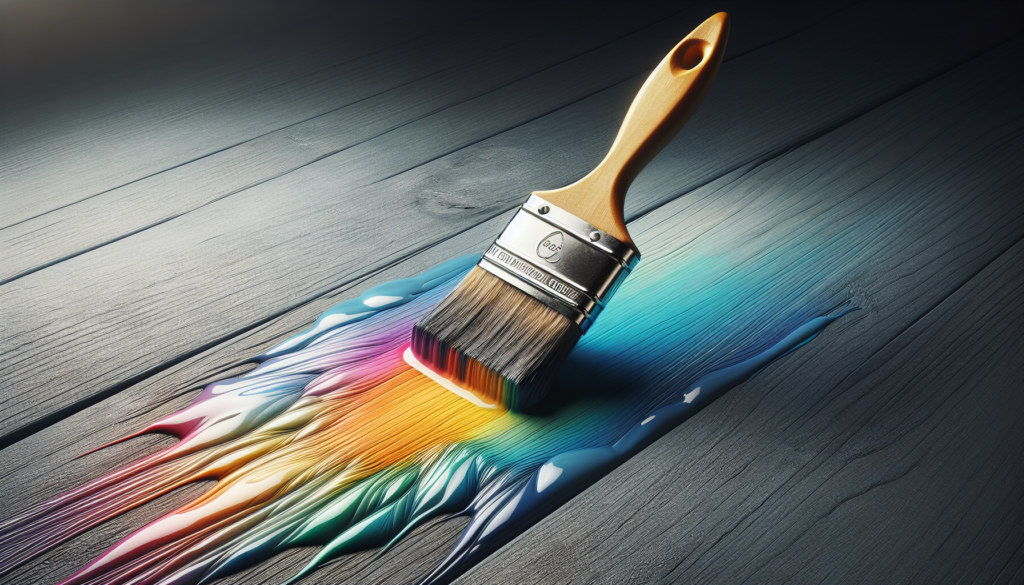
Steps to Prepare Chalk Paint for Polyurethane
To ensure a successful application of polyurethane over chalk paint, it is essential to prepare the surface properly. Here are the steps you should follow:
-
Clean the Surface: Begin by cleaning the chalk-painted surface using a mild soap and water solution to remove any dirt or debris. Rinse thoroughly and allow the surface to dry completely before proceeding.
-
Lightly Sand: Gently sand the surface with fine-grit sandpaper or a sanding block to create a slightly rough texture. This step helps the polyurethane adhere better to the chalk paint. Remember to wipe away any dust that may have accumulated during sanding.
-
Test for Compatibility: Before applying polyurethane to the entire surface, it is crucial to perform a compatibility test. Apply a small amount of polyurethane to a discrete area and observe for any adverse reactions, such as discoloration or a compromised finish.
Applying Polyurethane Over Chalk Paint
Once the surface has been properly prepared, you can proceed with applying polyurethane over your chalk paint. Follow these steps for a successful application:
-
Choose the Right Polyurethane: Select a polyurethane formula that aligns with your desired finish, such as gloss, semi-gloss, or satin. Ensure that the product is specifically suitable for use on top of painted surfaces.
-
Apply Thin Coats: Using a high-quality brush or foam applicator, apply thin and even coats of polyurethane onto the chalk-painted surface. Avoid overloading the brush or creating thick layers, as this can lead to drips and an uneven finish.
-
Allow Proper Drying Time: Follow the manufacturer’s instructions regarding drying time. Typically, polyurethane requires 24 hours to dry between coats. Ensure proper ventilation to speed up the drying process.
-
Sand Between Coats: For a smoother finish, lightly sand the surface between each coat of polyurethane with fine-grit sandpaper. This step helps to remove any imperfections or brush marks.
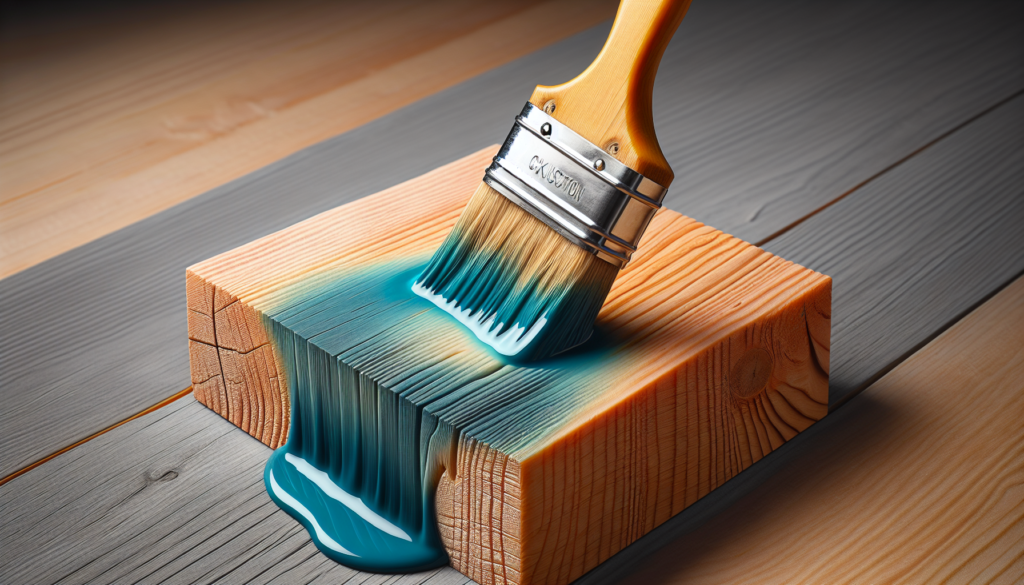
Drying and Curing Time
After applying polyurethane over chalk paint, it is crucial to allow sufficient drying and curing time for the best results. Drying time refers to the length of time required for the polyurethane to dry to the touch, while curing time refers to the time it takes for the polyurethane to reach its maximum hardness and durability.
Generally, polyurethane takes around 24 hours to dry between coats. For complete curing, it can take up to four weeks. During this time, it is important to avoid excessive use or exposure to moisture to allow the polyurethane to fully harden and reach its optimal protective properties.
Tips for Best Results
To achieve the best results when applying polyurethane over chalk paint, consider the following tips:
-
Temperature and Humidity: Ensure that the temperature and humidity levels are within the manufacturer’s recommendations. Extreme temperature fluctuations or high humidity can affect the drying and curing process of polyurethane.
-
Multiple Thin Coats: Applying multiple thin coats of polyurethane, as opposed to a single thick coat, yields a more even and professional-looking finish. Thin coats also help prevent drips and bubbles from forming.
-
Brush Selection: Use a high-quality brush or foam applicator to apply polyurethane. This choice ensures a smooth application and minimizes the likelihood of brush marks or streaks.
-
Proper Ventilation: Adequate ventilation during the drying process is vital to prevent the buildup of fumes. Ensure proper air circulation by opening windows, using fans, or working in a well-ventilated area.
Alternative Sealants for Chalk Paint
If you find that polyurethane is not the right sealant for your chalk paint project, there are alternative options you can consider:
-
Wax: Chalk paint can be sealed and protected with a wax finish. Wax provides a soft, subtle sheen and enhances the vintage appearance of chalk paint. However, it may require regular reapplication and may not provide the same level of durability as polyurethane.
-
Varnish: Water-based varnishes or sealants specifically designed for use over chalk paint are also available. They offer a protective layer and durability similar to polyurethane while maintaining the matte appearance of chalk paint.
Removing Polyurethane from Chalk Paint
If you decide later on that you want to remove polyurethane from your chalk-painted surface, it can be a challenging task. Due to the durability of polyurethane, stripping it off without damaging the underlying chalk paint can be difficult. It is best to consult with a professional or utilize specific paint strippers or removers designed for the removal of polyurethane.
Pros and Cons of Using Polyurethane Over Chalk Paint
Before deciding whether to use polyurethane as a topcoat for your chalk paint, it is essential to weigh the pros and cons:
Pros:
- Enhanced Durability: Polyurethane provides an additional layer of protection, making your chalk-painted surface more resistant to wear, scratches, and moisture.
- Versatility: Polyurethane is compatible with various surfaces, allowing you to apply it over chalk paint on wood, metal, or even fabric.
- Longevity: With proper application and care, polyurethane can extend the lifespan of your chalk-painted surface, ensuring its beauty for years to come.
Cons:
- Alteration of Appearance: Polyurethane adds a sheen to the chalk paint, which may not suit everyone’s aesthetic preferences. If you prefer the matte finish, polyurethane may not be the best choice.
- Difficulty in Removal: If you decide to remove polyurethane in the future, it can be challenging and may require professional assistance or specialized products.
Conclusion
In conclusion, applying polyurethane over chalk paint can be a suitable option depending on your desired finish and the level of protection you seek. It is crucial to consider factors such as compatibility, desired appearance, and the anticipated use of the chalk-painted surface before deciding whether to proceed with polyurethane. By following the proper preparation and application steps, you can achieve a durable and beautiful finish for your chalk-painted projects. However, if polyurethane is not the right sealant for you, alternative options like wax or varnish can also provide adequate protection while maintaining the unique look and feel of chalk paint. Ultimately, the decision of whether or not to use polyurethane over chalk paint rests on your personal preferences and the specific requirements of your project.
